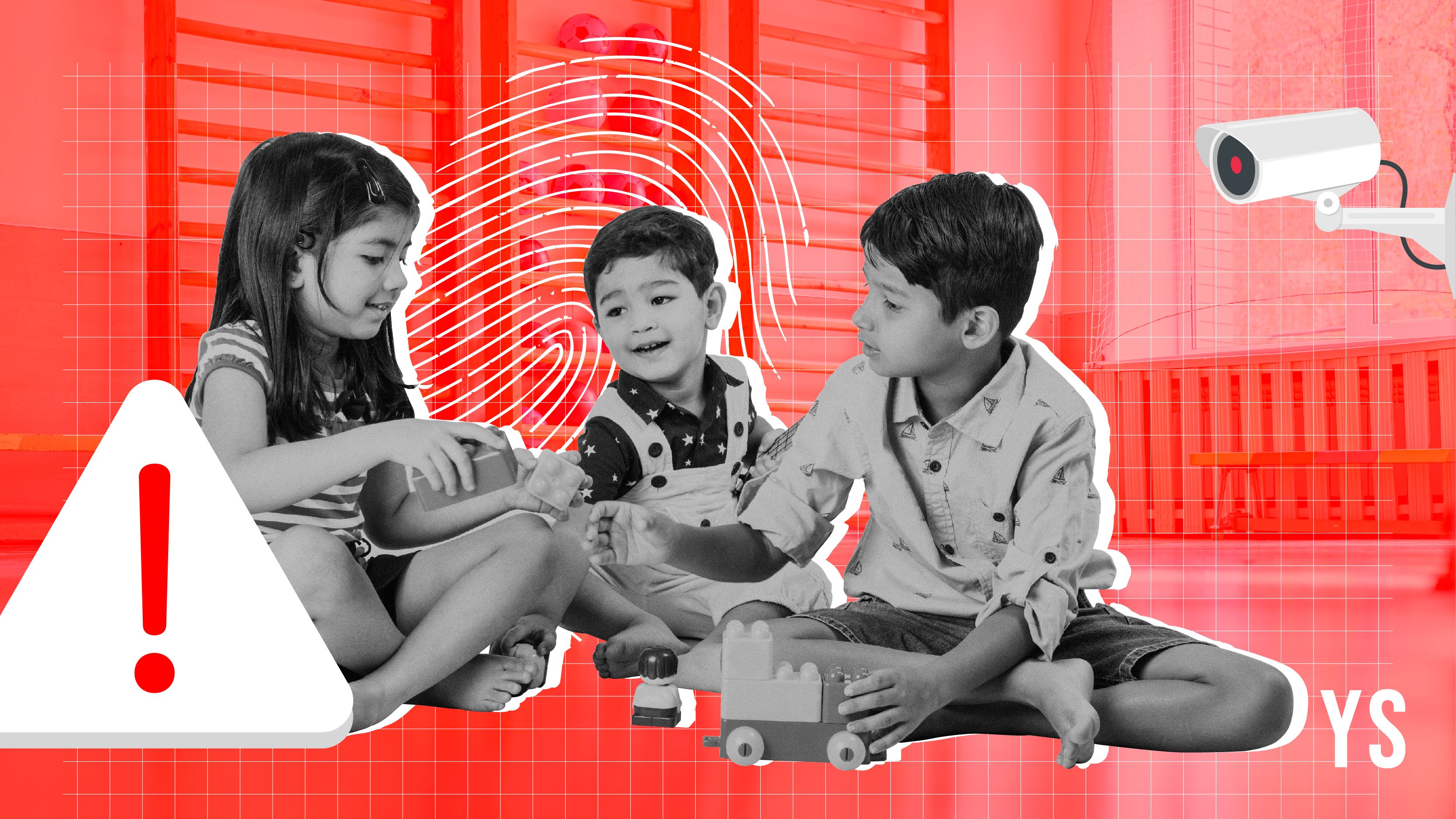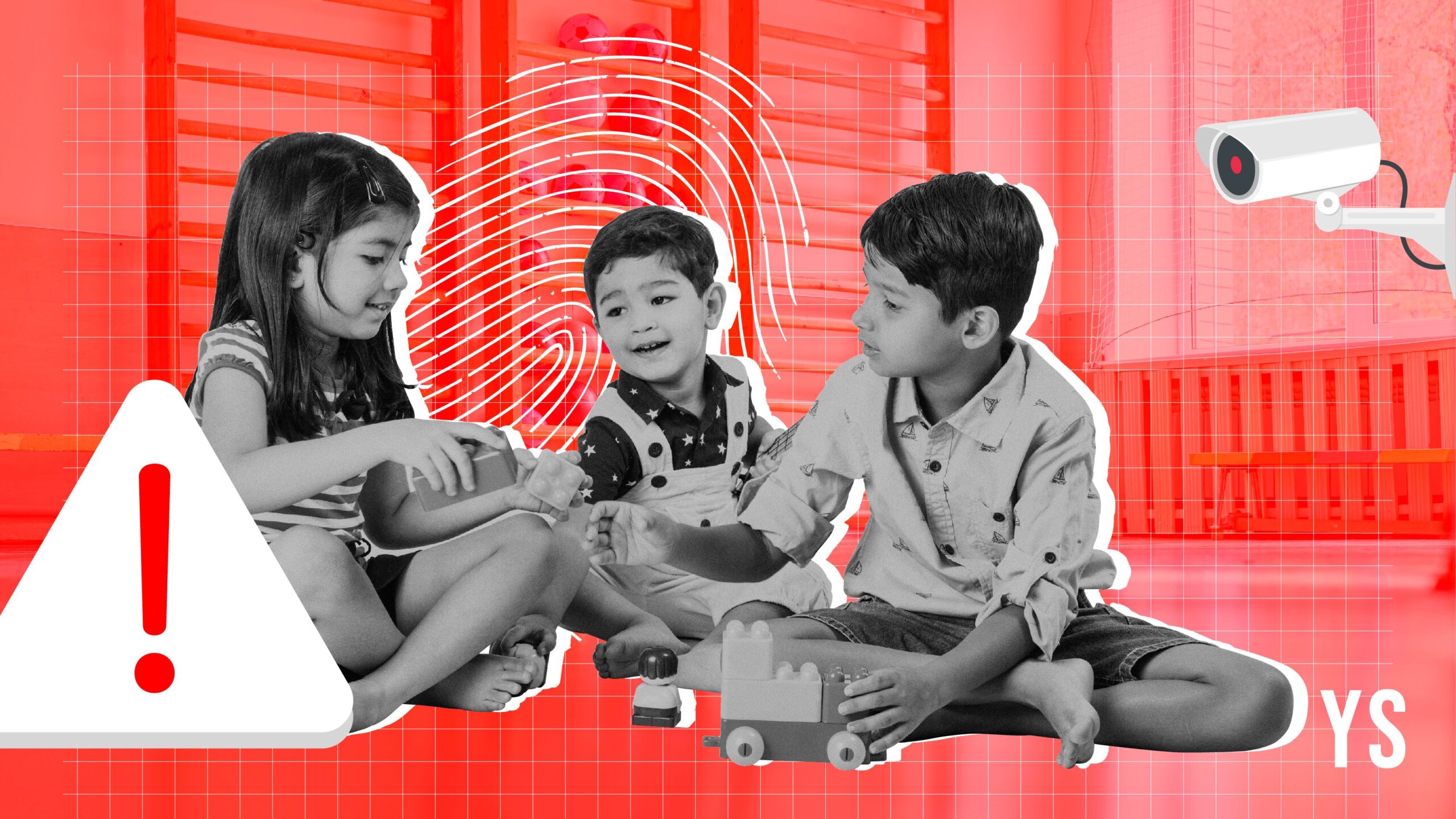
In the contemporary world, integrating technology into various aspects of life is not just a trend but a necessity. This extends to the education sector, particularly in preschool environments where safety is paramount. Implementing technology to enhance preschool safety is crucial in providing a secure and nurturing environment for the young learners.
This article explores the various ways technology can bolster safety in preschools, ensuring peace of mind for both parents and educators.
The importance of safety in preschool settings
Preschools are foundational in shaping a child’s early development. These institutions are responsible for imparting basic education and ensuring that children are in a safe environment where they can grow and thrive. Preschool safety covers a broad spectrum, including physical safety, emotional well-being, and protection from external threats. Given the vulnerabilities of young children, a robust safety framework is essential.
Surveillance systems
Implementing advanced surveillance systems can enhance preschool safety. Modern security cameras with high-definition video, night vision, and motion detection capabilities can monitor activities within and around the preschool premises. These systems provide real-time footage that staff and parents can monitor and even remotely, creating a sense of security.
Access control systems
Access control systems are vital in preventing unauthorised entry into preschool facilities. Technologies such as biometric scanners, keycards, and facial recognition systems can ensure that only authorised personnel, parents, and guardians can access the building. This protects children from potential external threats and helps keep track of who is entering and leaving the premises.
Emergency alert systems
Prompt communication is crucial in emergencies such as fire, natural disasters, or security threats. Technology can facilitate this through integrated emergency alert systems that instantly notify all staff, parents, and emergency services. These systems can send alerts via multiple channels, including SMS, email, and mobile apps, ensuring everyone is informed and can act swiftly.
Digital check-in/check-out
Digital check-in/check-out systems can streamline the management of children’s arrival and departure from school. These systems allow parents to sign their children in and out using a mobile app or a kiosk at the preschool. This ensures accurate record-keeping and provides real-time updates on each child’s whereabouts, enhancing overall safety.
Training and education
While technology plays a critical role in enhancing safety, it is equally essential to ensure that the staff are well-trained in using these tools effectively. Regular training sessions should be conducted to familiarise teachers and administrative staff with the latest safety technologies and protocols. This includes training on emergency response procedures, the proper use of surveillance and access control systems, and health monitoring tools.
Challenges and considerations
Integrating technology into preschool safety is not without its challenges. One significant concern is the cost associated with implementing and maintaining these technologies. Preschools, especially smaller ones, may find investing in advanced safety systems financially burdensome. However, the long-term benefits of enhanced safety and peace of mind often justify the initial investment.
Another consideration is the privacy of children and staff. With extensive surveillance and monitoring systems, it is essential to establish clear policies regarding data collection, storage, and access. Ensuring compliance with data protection regulations and maintaining transparency with parents about how their children’s information is used is critical.
Future
The future of technology in preschool safety is promising, with continuous advancements providing new and improved solutions. The development of artificial intelligence (AI) and machine learning (ML) offers potential in predictive analytics, where systems can analyse patterns and predict potential safety risks before they occur. Furthermore, integrating Internet of Things (IoT) devices can create a more interconnected and responsive safety ecosystem within preschools.
Virtual reality (VR) and augmented reality (AR) are also emerging as tools for safety training. These immersive technologies allow staff to engage in realistic emergency response simulations, enhancing preparedness and response times in real-life situations.
To sum it up
Integrating technology in preschool environments is a significant step towards ensuring the safety and well-being of young children. From surveillance and access control systems to health monitoring and emergency alerts, technology provides a comprehensive approach to creating a secure environment. While challenges such as cost and privacy concerns exist, the benefits of a technologically enhanced safety framework are undeniable. As technology evolves, preschools must stay abreast of new developments, continually improving their safety measures to provide the best possible care for their young.
Edited by Megha Reddy
(Disclaimer: The views and opinions expressed in this article are those of the author and do not necessarily reflect the views of YourStory.)








![Read more about the article [Funding alert] GoMechanic raises $42M from Tiger Global, Sequoia, others](https://blog.digitalsevaa.com/wp-content/uploads/2021/06/Image5eu7-1624438643627-300x150.jpg)

